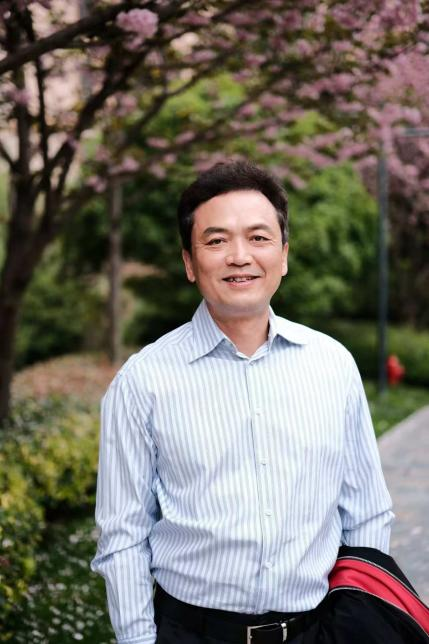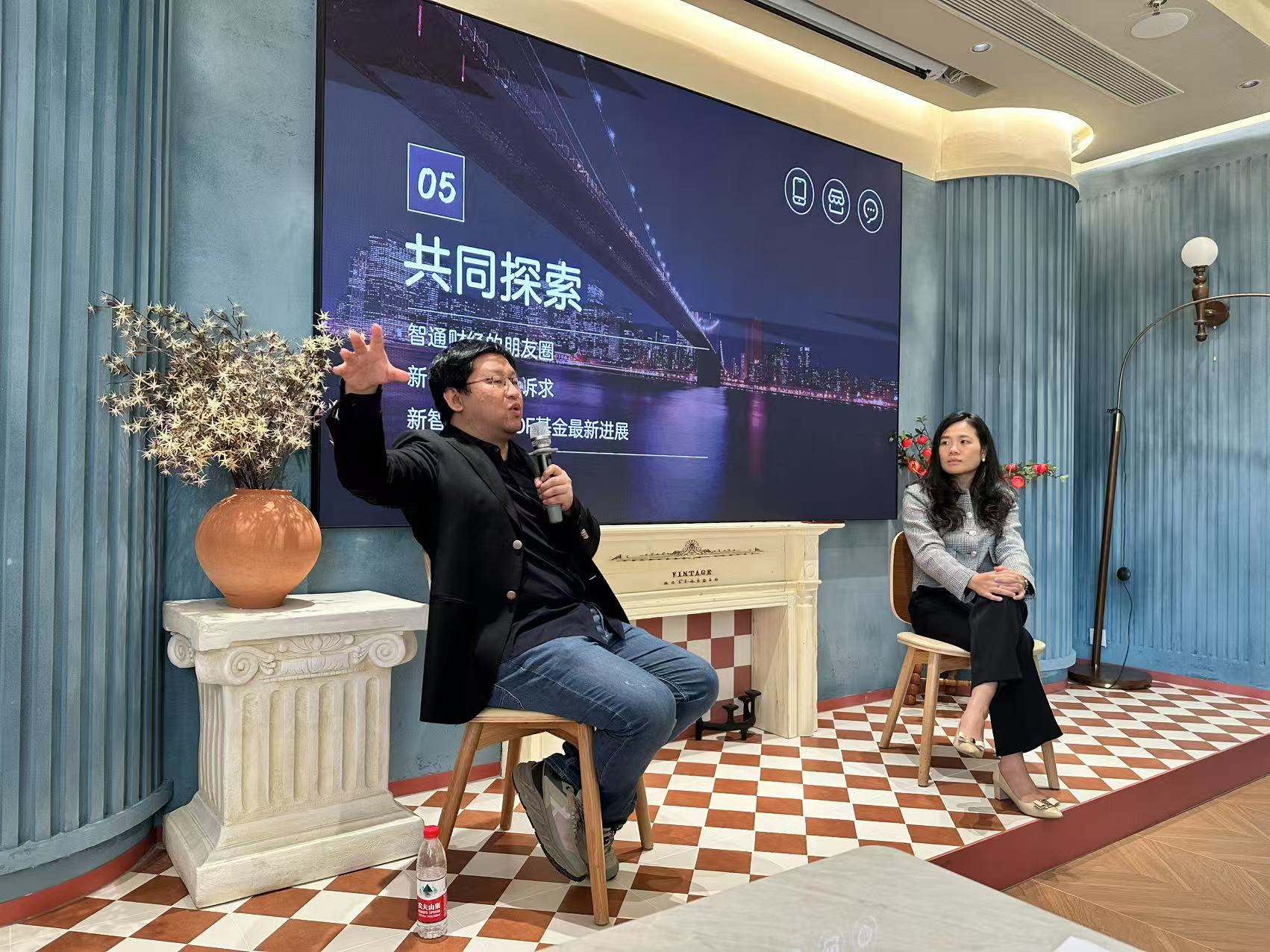Morgan Stanley Fund: Leading silicon chip manufacturers join forces to raise prices, is the "golden era" of photovoltaics approaching?
2024-09-05 19:25
Morgan Stanley Fund stated that currently, the prices of the photovoltaic industry chain are at the bottom. In the future, overseas countries may enter a rate-cutting cycle, and interest rates are expected to decrease. The increase in the return on photovoltaic projects may stimulate demand beyond expectations.
Morgan Stanley Fund has published an article stating that in the past two years, the solar industry, which is an important representative of new quality productivity, has experienced repeated lows due to phase capacity oversupply and insufficient demand. However, at the end of August, the industry seems to have undergone a change, with two major silicon wafer companies in China announcing price increases. Currently, the prices of the solar industry chain are at the bottom, and overseas markets may enter a rate-cutting cycle in the future, with interest rates expected to decline. The increase in the profitability of solar projects may stimulate demand beyond expectations. The current sector has low expectations, low valuations, low institutional holdings, and the sector's allocation cost-effectiveness is worth paying attention to.
The "darkest moment" of the solar industry
In recent years, China has been continuously developing new energy transformation, and the solar industry is an important way to promote China's energy green low-carbon transformation and achieve green low-carbon development. The solar industry has rapidly expanded since 2021, with many manufacturers entering the industry, rapid capacity release, and the lack of complete technical routes and frequent iterations leading to an "overlapping" state of the solar industry chain, gradually narrowing profit margins, and breaking the cost line in multiple stages.
Since 2022, the price of silicon wafers in the Chinese market has fluctuated lower, with prices of various types of silicon wafers falling. By June 2024, the market price of monocrystalline silicon wafers (156mmX156mm) from first-tier manufacturers was only 1.2 yuan/piece.
Source: Wind, Data Range: August 2011 - August 2024
In this context, the solar enterprises have frequently seen project terminations or delays. Data from the China Photovoltaic Industry Association (CPIA) shows that the scale of termination/delayed projects in the silicon material, wafer, cell, and module segments reached 300,000 tons/15GW/60GW/20GW, with more than 20 related projects. Affected by oversupply of production capacity and low industry chain prices, the industry's capacity utilization rate is also at a low level, with the main chain links at around 60%, high inventory levels, and even some companies shutting down production.
Survival of the fittest, favorable long-term development of the industry
Even though the solar industry has been going through its "darkest moment" in the past two years, China's leading position in the global solar industry remains solid.
Domestically, in recent years, there has been a "surge" in installed capacity demand. According to data from the Ministry of Ecology and Environment, China added 55GW of new photovoltaic installed capacity in 2021, 87GW in 2022, and a significant increase to 216GW in 2023.
Source: Ministry of Ecology and Environment
In terms of "going global," according to customs statistics, in 2023, China's new energy vehicles, photovoltaic products, and lithium batteries, the "new three products," totaled exports of 1.06 trillion yuan, exceeding the trillion yuan mark for the first time, an increase of 29.9%. Chinese enterprises are no longer at the "global factory" 1.0 stage but have advanced to the "proactive" globalized 2.0 stage.
The oversupply of solar industry capacity will affect the profitability of the entire industry chain in the short term, but in the medium to long term, it will promote the "survival of the fittest" within the industry, allowing more competitive companies to stand out and even expand overseas, while outdated capacities will gradually exit the market.
The Silicon Industry Branch of the China Nonferrous Metals Industry Association has also recently stated that in the medium to long term, as capacities in various links of the industry chain are cleared more quickly, market prices are expected to return to reasonable levels. After experiencing a short-term period of selling pain, looking at the medium to long term, market supply and demand are expected to be in a continuous improvement trend, and prices are expected to gradually stop falling.
Recovery on the horizon, cost-effectiveness of the solar industry highlighted
Currently, the solar industry chain is in the adjustment phase after expansion, which is a "pain period" in the growth process. In fact, in terms of policies, solar energy has always been one of the industries that the country pays attention to, with favorable news continually emerging.
Just on August 21, the National Development and Reform Commission and the National Energy Administration issued the "Implementation Plan for Large-scale Equipment Updates in Key Energy Areas," which proposes that by 2027, the investment scale of equipment in key energy areas will increase by more than 25% compared to 2023, and achieve equipment updates and technological upgrades in fields such as solar energy, also mentioning support for grid-structured transformations of solar power plants. Over the past decade, solar energy has undergone multiple iterations and upgrades in both technology and equipment. With the maturity of third-generation solar technology, there will be an improvement in both cost and conversion efficiency, benefiting energy equipment manufacturers, supporting parts manufacturers, and new material supply companies.
After the expansion of the ETF trading channel, the trading activity has increased. In the first month after the expansion, the average daily trading volume of southbound ETFs has significantly increased by double compared to the previous month.
Schroder: Extreme weather affects business activities in various industries. Climate inflation may become an important investment theme.
RECOMMEND

Advanced investment education | FATCA & CRS leading global tax transparency, who is most affected?
04/08/2025

34 年股市老兵“曾阿牛”:跑赢纳指 110%仍不满足!从第一代股评家到对冲基金管理人的经历
14/06/2025

The first closed door meeting of the New Intelligence Roundtable Faction and the US Dollar Foundation was successfully held in Shanghai
01/05/2025
Customer Service

Add the WeCom

